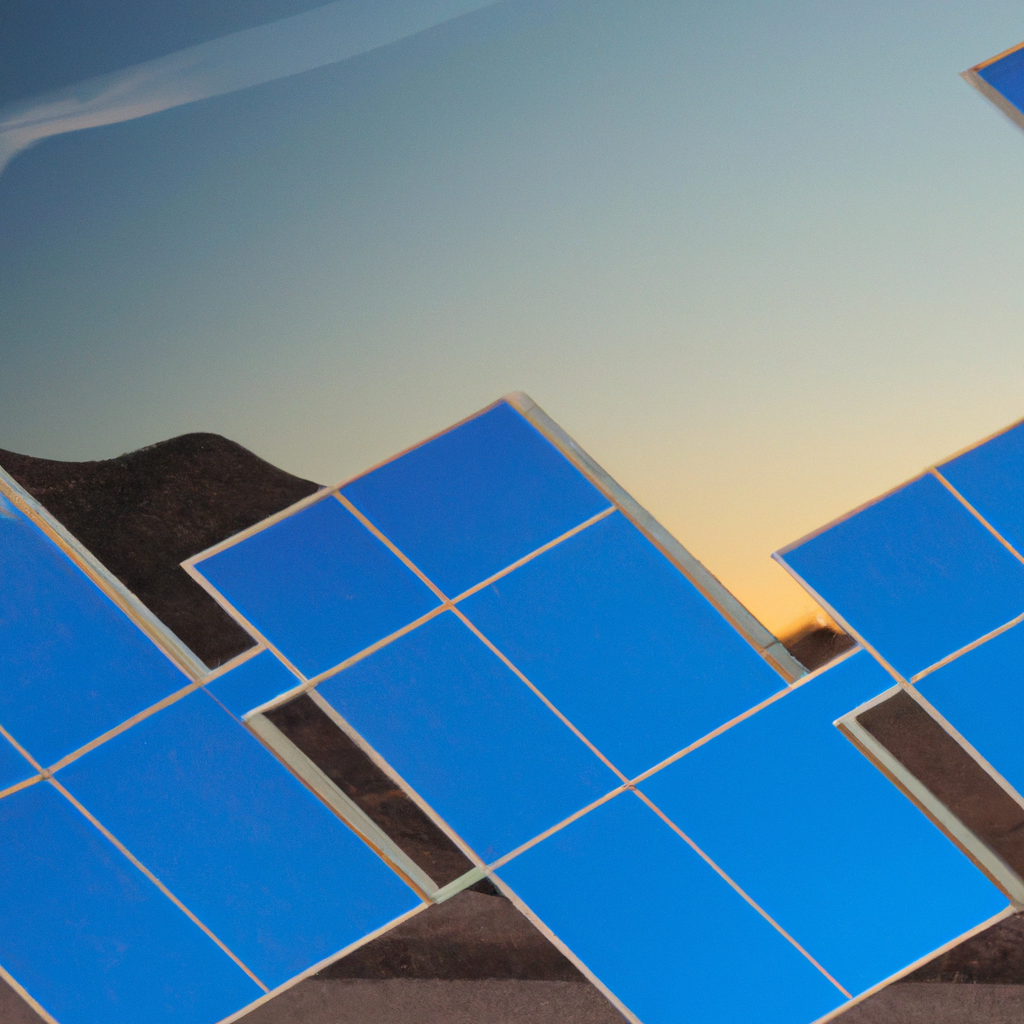Photovoltaic System: How it Works to Harness Solar Energy
The need for renewable and clean energy sources has become increasingly important in our world today. The sun’s energy has been recognized as one of the most abundant and readily available sources of renewable energy. Photovoltaic (PV) systems are one of the most popular and efficient ways to harness solar energy. How does a photovoltaic system work? Let’s delve into the details.
What is a Photovoltaic System?
A photovoltaic system is a technology that uses solar cells to convert sunlight into electricity. The system consists of several components; solar panels, an inverter, a battery bank, and a charge controller. The solar panels are the most critical component of the PV system.
How do Solar Panels Work?
Solar panels are made up of multiple PV cells connected in series or parallel. The PV cells absorb sunlight and convert it into direct current (DC) electricity. The silicon in the cells absorbs the photons in the sunlight, knocking electrons loose from their atoms, creating free electrons.
The free electrons flow into an electric field created by the panel’s p-n junction, where p-type and n-type silicon meet. This electric field ensures that the electrons flow in a particular direction, creating a flow of DC electricity.
What Happens to the DC Electricity Generated?
The DC electricity generated by the solar panels is not suitable for household or commercial use. It needs to be converted to alternating current (AC) electricity, which is the type of electricity used in homes and businesses.
The inverter is responsible for converting the DC electricity to AC electricity. It also ensures that the AC electricity generated is synchronized with the grid’s frequency, so it can be fed back into the grid.
What is a Charge Controller?
A charge controller is a device that regulates the amount of electricity that goes into the battery bank. It ensures that the battery bank is not overcharged or undercharged, which can damage the batteries.
What is a Battery Bank?
The battery bank is a collection of batteries that store the excess electricity generated by the solar panels. It is essential because the amount of electricity generated by the solar panels varies throughout the day. The battery bank ensures that there is a constant supply of electricity, even when the sun is not shining.
How Does a Photovoltaic System Work Together?
The solar panels generate DC electricity, which is sent to the inverter. The inverter converts the DC electricity to AC electricity, which can be used in homes and businesses. The AC electricity generated is either used immediately or stored in the battery bank for later use.
The charge controller regulates the amount of electricity going into the battery bank, preventing overcharging or undercharging. When there is excess electricity generated, it is fed back into the grid, and the homeowner or business owner is credited for the excess electricity generated.
Benefits of a Photovoltaic System
Photovoltaic systems have several benefits, including:
– They are a clean and renewable source of energy, reducing greenhouse gas emissions and reducing dependence on fossil fuels.
– They can help reduce energy costs, especially in areas with high electricity rates.
– They require minimal maintenance and have a lifespan of up to 25 years.
– They can be installed in remote areas, providing electricity to areas without access to the grid.
Conclusion
In conclusion, photovoltaic systems are an efficient way to harness solar energy. They consist of solar panels, an inverter, a charge controller, and a battery bank. The solar panels absorb sunlight and convert it into DC electricity, which is converted to AC electricity by the inverter. The charge controller regulates the amount of electricity going into the battery bank, which stores excess electricity generated. Photovoltaic systems have several benefits, including being a clean and renewable source of energy, reducing energy costs, and requiring minimal maintenance.







